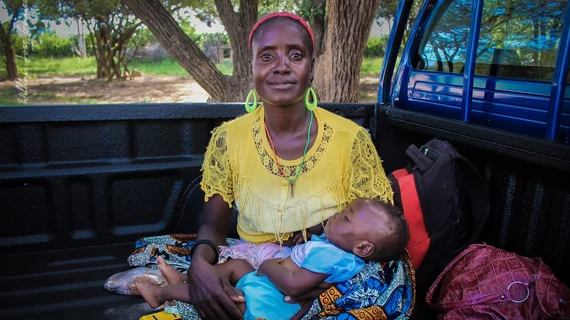Can an AI chatbot alleviate postpartum depression in developing regions?
Researchers are looking into whether live and automated text messaging augmented by AI can help treat or ward off postpartum depression for women in Kenya.
Eric Green, PhD, of Duke, Edith Kwobah, MBChB, MMed, of Moi Teaching and Referral Hospital in Kenya, and colleagues published their research protocol online April 29 in the Journal of Medical Internet Research.
In introducing their work, the team points out that depression during pregnancy and in the postpartum period has been associated with a number of poor outcomes for women and their children.
“Although effective interventions exist for common mental disorders that occur during pregnancy and the postpartum period, most cases in low- and middle-income countries go untreated because of a lack of trained professionals,” they write.
The pilot study focuses on adapting the World Health Organization’s “Thinking Healthy” program, which guides mental healthcare for perinatal depression.
The team will build this out by adding an existing smartphone AI chatbot called Tess (Zuri in Kenya) to facilitate targeted talk therapy with both live professionals and automated text messages.
The team adapted the content of the intervention last year after testing it with 10 women at a private maternity hospital. These users offered feedback, and the researchers incorporated their input to fine-tune the innovation.
Recruitment for the Kenya phase of their project began in January. Results are expected toward the end of this year.
Green et al. acknowledge as a limitation their reliance on women who live in and around cities, as much of the Kenyan population lives in rural or remote areas.
“The results of this study may not generalize to the broader population of Kenyan women, but that is not an objective of this phase of work,” they write. “Our primary objective is to gather preliminary data to know how to build and test a more robust service. We are working toward a larger study with a more diverse population.”
To read the complete research protocol, click here.

